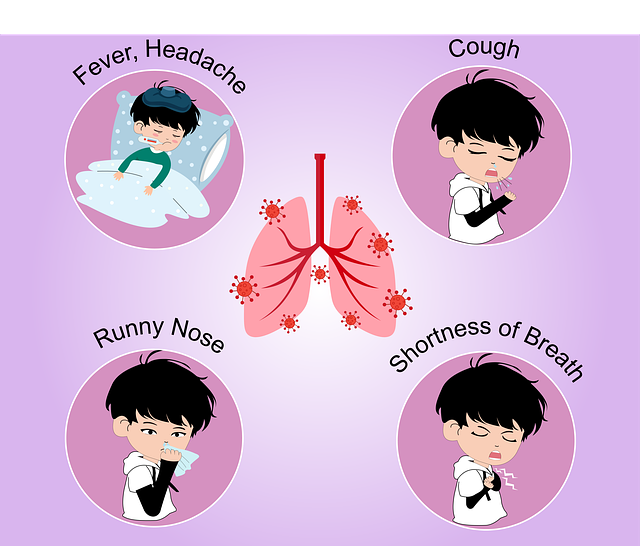Interstitial lung disease (ILD) encompasses various disorders characterized by inflammation and scarring of the lungs’ interstitium—the vital tissue supporting air sacs. Understanding the diverse causes of ILD, also known as lung scarring disease, is essential for effective management. This article explores the factors contributing to ILD development.

1. Environmental and Occupational Exposures:
To initiate discussion, exposure to hazardous substances, such as silica dust, asbestos fibers, and chemical fumes in industries like mining and manufacturing, significantly increases the risk of interstitial lung disease. Prolonged exposure heightens disease progression. Additionally, mitigating exposure through proper workplace safety measures can reduce the risk of developing ILD. Moreover, implementing stringent safety protocols not only protects workers but also decreases their susceptibility to respiratory conditions.
2. Autoimmune Disorders:
Furthermore, autoimmune conditions like rheumatoid arthritis, systemic sclerosis, lupus, and sarcoidosis trigger lung inflammation, leading to scarring and compromised respiratory function, contributing to interstitial lung disease. Understanding the immune system’s role in ILD pathogenesis is crucial for tailored treatments. Additionally, advancements in immunomodulatory therapies offer promising avenues for managing autoimmune-related ILD. Consequently, researchers are actively exploring novel treatment modalities targeting specific immune pathways.
3. Genetic Factors:
Moreover, certain genetic mutations predispose individuals to lung damage, highlighting the intricate interplay of genetics in interstitial lung disease susceptibility. Familial forms of ILD shed light on the hereditary component, paving the way for targeted genetic therapies. Additionally, genetic screening can identify at-risk individuals and facilitate early intervention. Thus, early detection through genetic testing enables proactive management and personalized treatment plans.
4. Infections:
Infections, including viral and bacterial, precipitate lung inflammation and scarring, exacerbating ILD progression. Early recognition and prompt treatment are imperative to mitigate interstitial lung disease development or progression. Furthermore, vaccination against respiratory pathogens can reduce the likelihood of infections that contribute to ILD. Consequently, widespread vaccination campaigns play a pivotal role in preventing respiratory infections and reducing ILD incidence rates.
5. Medications and Radiation Therapy:
Moreover, specific chemotherapy drugs, antibiotics, and radiation therapy targeted at the chest area may induce lung damage and lead to ILD. Close monitoring of patients undergoing such treatments is essential to identify and manage potential pulmonary complications. Additionally, alternative treatment modalities with lower pulmonary toxicity should be considered whenever possible. Consequently, healthcare providers must weigh the risks and benefits of treatment options and prioritize patient safety.
6. Smoking and Vaping:
Furthermore, tobacco smoking, exposure to secondhand smoke, and vaping correlate with heightened ILD risk. Emerging evidence suggests a potential association between vaping and pulmonary injury, emphasizing the importance of smoking cessation interventions. Additionally, public health campaigns should raise awareness about the risks of smoking and vaping in relation to ILD. Therefore, comprehensive tobacco control policies and smoking cessation programs are critical in reducing ILD prevalence and improving public health.
7. Idiopathic Causes:
Lastly, idiopathic pulmonary fibrosis (IPF), a subtype of ILD with an unknown cause, necessitates ongoing research to elucidate underlying mechanisms and genetic predispositions. Collaborative efforts are essential in developing novel therapeutic strategies. Furthermore, patient registries and clinical trials play a crucial role in advancing our understanding and treatment of idiopathic ILD. Thus, fostering interdisciplinary collaborations and patient participation in research endeavors is crucial in accelerating progress towards effective IPF treatments.
Conclusion:
In conclusion, understanding the diverse factors contributing to interstitial lung disease—from environmental exposures to idiopathic origins—is indispensable for accurate diagnosis and effective management. Addressing these factors can enhance outcomes and improve the quality of life for individuals grappling with ILD.


